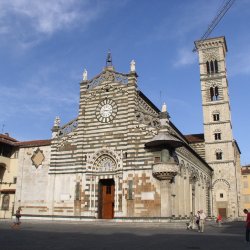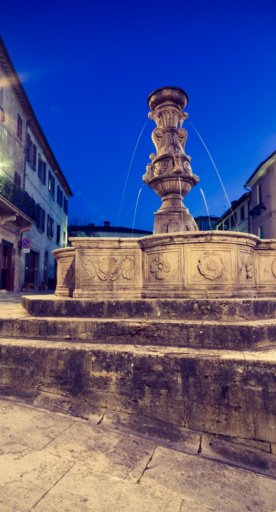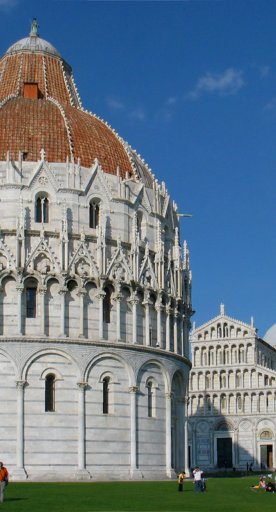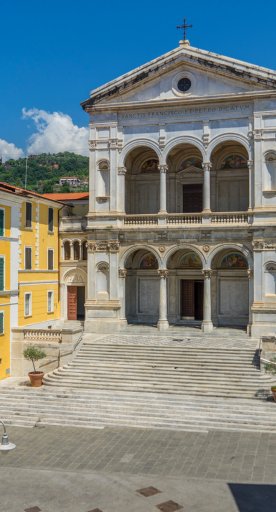
A walk along the via Lante in Vicopisano
Walk along this charming Medieval road, among palaces and workshops
Via Lante is one of the main streets in Vicopisano and has always been one of the most densely populated areas of the village. Until a few decades ago, the street was packed with small food shops and other types of businesses as well as residences. Now, with the changes caused by progress, such activities have all but disappeared. The presence of the small shops and workshops recalled a time when the street, once called the “Borgo Maggiore”, was as it had always been in the Middle Ages: one of the active centres of the country. It was an area in which you could find workshops, small businesses and residences that were a bit smaller and more modest in comparison to those like the Palazzo Pretorio and the Old Post Office. Despite this they were characterised by a great attention to detail and by the use of their own methods of construction based in the use of load-bearing pillars in verrucano stone and by string courses and corbels
Borgo Maggiore started from Porta Costantina, a gate that once faced the Piazza Cavalca, just at the entrance of Via Lante. Following along the foot of the hill, it continued until the Porta ad Arno area, where the activities linked to the river port were concentrated. Owing to its intermediate position between the market (in front of Porta Costantina) and the river port as well as to the flat nature of the land, it was a frontrunner in hasty urban development.

Initially these houses and residences were outside the town walls. During an unclear period, most likely the 12th century, step by step, this area stretched inside the walls, going as far as the Vico castle. The midway point on the street is marked by the Clocktower, about which we have spoken a great deal in our section on towers. The tower also acts as the dividing line between two areas that were likely built at different times: the first stretches from the Constantine gate to the Tower and the second from the Tower down to what is now Viale Brunelleschi.
Most of the oldest buildings are concentrated in the first area; their 12th century character can still be noticed under the plaster, in spite of frequent later alterations. These medieval buildings are similar to those located in Viale Brunelleschi; furthermore, in this area there is no trace of towers and the medieval buildings generally resemble the Roman “domus”. In the second section of the street, besides a few 12th-century buildings, there is a prevalence of brick buildings, characteristic of the 13th century. The horizontal corbels in verrucano stone are replaced by round brick arches. These bricks feature geometrical patterns, like the ones that can be observed in more important centres such as Pisa and Lucca, a sign of the remarkable vitality of Vicopisano in this period.

Moreover, the towers that can be seen in this part of via Lante are made partly with verrucano (at the base) while the higher parts are made with brick. Another characteristic of this road is that it is where many “chiassi” meet, these are the steep cobbled alleyways that connect Borgo Maggiore with the higher part of the castle. Some of these alleys come out between the houses, others however, when houses hang over them, are covered and make for a charming sight. Many of these alleys are repaired and re-cobbled with verrucano stone.
Start your discovery













































































